According to experts, instead of letting people continue to live close to the railway tracks with many risks, Hanoi can relocate people to safe areas but retain the architecture and space of the railway street to serve tourism .
Located in 3 wards of Cua Nam, Hang Bong, Cua Dong (Hoan Kiem district) and part of Dien Bien ward (Ba Dinh district), in recent years, the train street coffee street has always been an attractive check-in spot for international visitors when coming to Hanoi .
Faced with this situation, Vietnam Railways Corporation has repeatedly sent documents requesting Hanoi to strictly manage and prevent tourist services that cause unsafe conditions on the national railway.
The Hanoi People's Committee has also requested to thoroughly handle the situation of businesses encroaching on the railway, causing insecurity in the area. Wards where the railway passes have also posted prohibition signs, set up barriers, and assigned security guards to be on duty at both ends of Tran Phu and Phung Hung streets, but this street is always bustling with visitors.
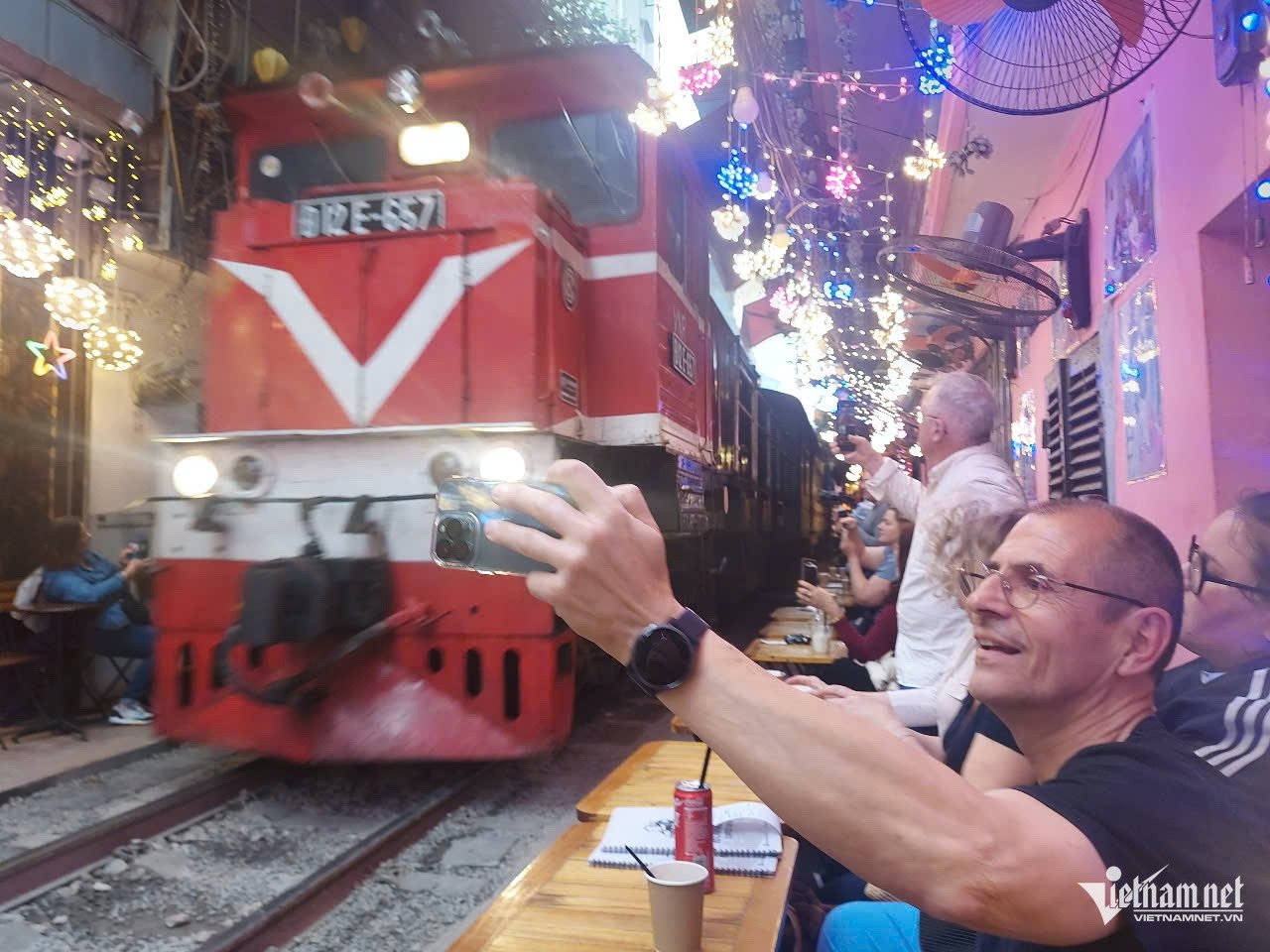
Mr. Trinh Hoang Tung, Vice Chairman of Hoan Kiem District, said that there are currently about 78 households living within the railway protection area and railway traffic safety corridor. These households are located in 3 wards: Cua Nam, Cua Dong, and Hang Bong.
“They live mainly on business activities. Tourism services (mainly coffee and drinks) have grown strongly since 2018, concentrated in Hang Bong and Cua Dong wards, posing potential risks to traffic safety,” Mr. Tung informed.
Although the district has implemented a series of solutions, including requiring 100% of households to sign a commitment not to re-offend and not to sell chairs that obstruct traffic, this situation still recurs.
The reason is due to the curiosity of tourists, especially foreign tourists, who want to experience the scene of trains running through the urban area, despite warnings of danger," Mr. Tung informed.
Move the railway out of the inner city or evacuate households
To thoroughly resolve this situation, Mr. Nguyen Xuan Minh, Vice Chairman of Dien Bien Ward People's Committee, proposed that the competent authority move the railway line out of the inner city, or clear residential areas encroaching on the railway traffic safety corridor.
Sharing the same view, Mr. Trinh Hoang Tung also said that moving the railway out of the inner city is a radical solution to end the risk of traffic insecurity. "However, this is a national railway line, the relocation is not only related to Hanoi but requires a master plan for the entire Vietnamese railway system, requiring huge resources," Mr. Tung worried.
This is also the issue that Chairman of the Delegation Affairs Committee Nguyen Thanh Hai expressed concern about at the meeting of the National Assembly Standing Committee to give opinions on the draft Law on Railways (amended) on March 10.
Citing the bustling coffee street along the railway, which is a popular tourist and service business, or the houses along Giai Phong Street that are close to the railway tracks, Ms. Hai said that it would take a huge amount of money to relocate households out of the railway corridor.
According to the reporter's investigation, more than 80 households living in the railway coffee street in the two districts of Hoan Kiem and Ba Dinh were all households that existed before the Land Law and Railway Law took effect, most of which were former railway employees' residences.
“Households that have lived in the railway corridor for a long time have only one path along the railway, so the forced removal of the railway coffee street is facing many difficulties due to historical factors. If we relocate, we will need a large amount of resources to resettle these households,” Mr. Tung informed.
Ms. Duong Thi Thuy Hanh, a coffee shop owner on this street, said that her family of three generations has lived here for many years. Her family’s livelihood depends on these few meters of railway corridor. She is willing to move if the government arranges a resettlement area and creates job opportunities.
As a tourism worker, Mr. Duong Van Tien, CEO of a travel and service company, understands very well the value that the train street coffee shop brings to Hanoi.
This is a unique check-in spot that attracts a large number of domestic and foreign tourists. The question is: Should we keep the status quo, move it completely or find a compromise?

“I think that maintaining the railway street as an official tourist destination is completely feasible, but there needs to be strict planning to ensure safety. If we look at the world, areas similar to the Maeklong railway market in Thailand or ancient tourist areas that are preserved in their original state can still develop without affecting traffic and people's safety,” Mr. Tien expressed.
Because the nature of tourism is not only enjoyment, but also preserving cultural values and creating sustainable economic benefits for local communities.
Therefore, this CEO believes that instead of letting people continue to live close to the railway tracks with many risks, Hanoi can relocate people to safe areas but retain the architecture and space of the railway street to serve tourism.
“Hanoi should turn this place into an official tourist destination, with a systematic plan for operating hours, traffic safety and service business. This will create opportunities for local people to become tourism operators, instead of losing their livelihoods when relocating,” Mr. Tien explained.
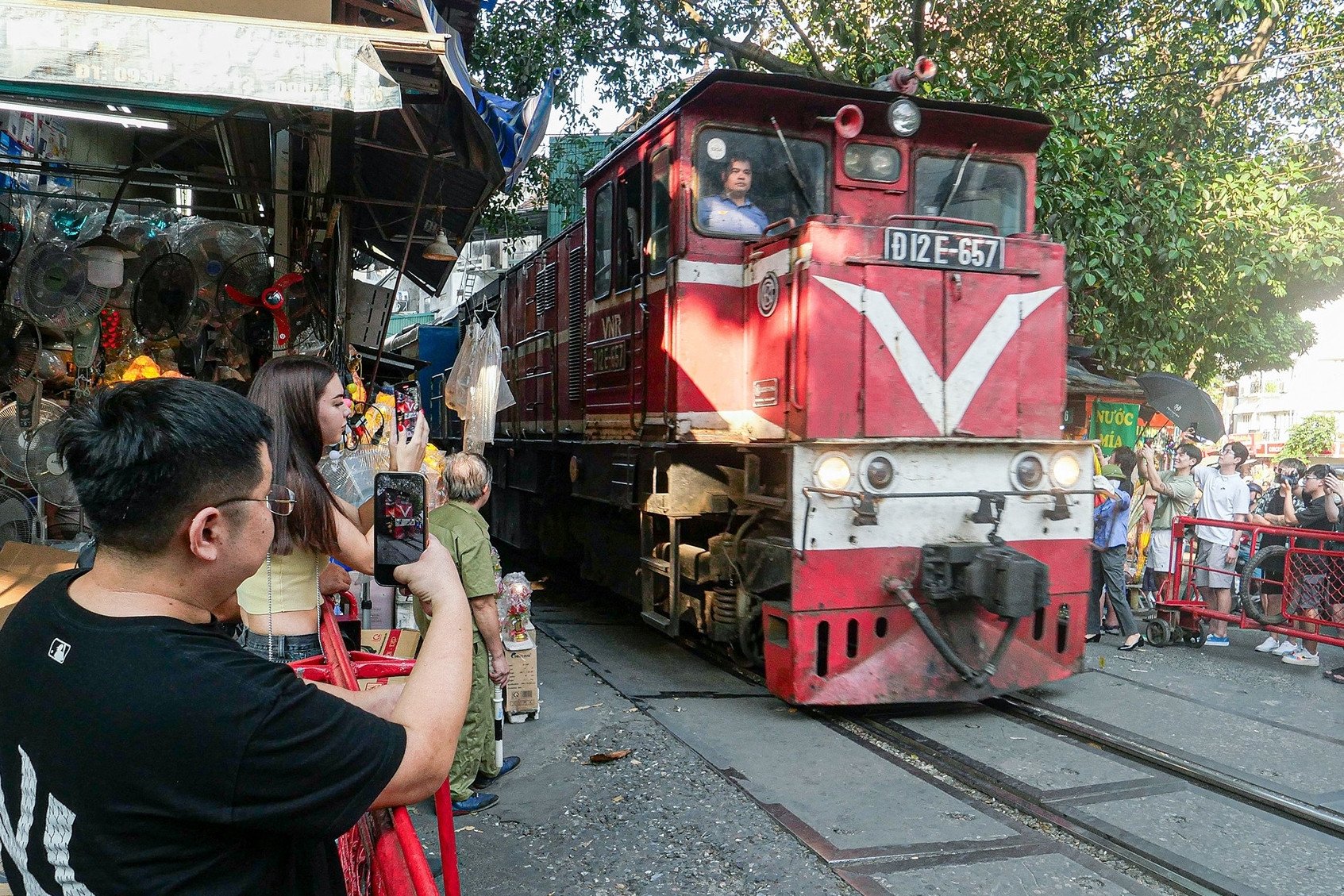
Huge amount of money is needed to relocate the train street in Hanoi
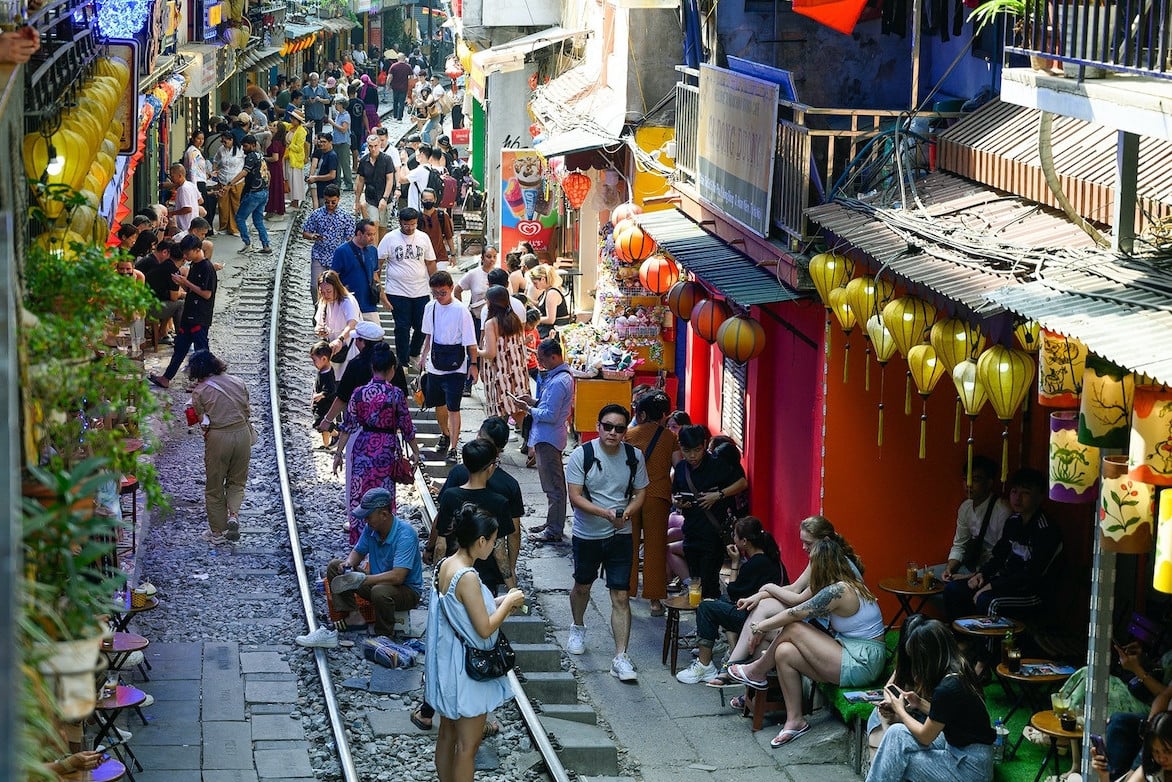
Train Street Coffee Street in Hanoi: Unique Feature or Forbidden Street?
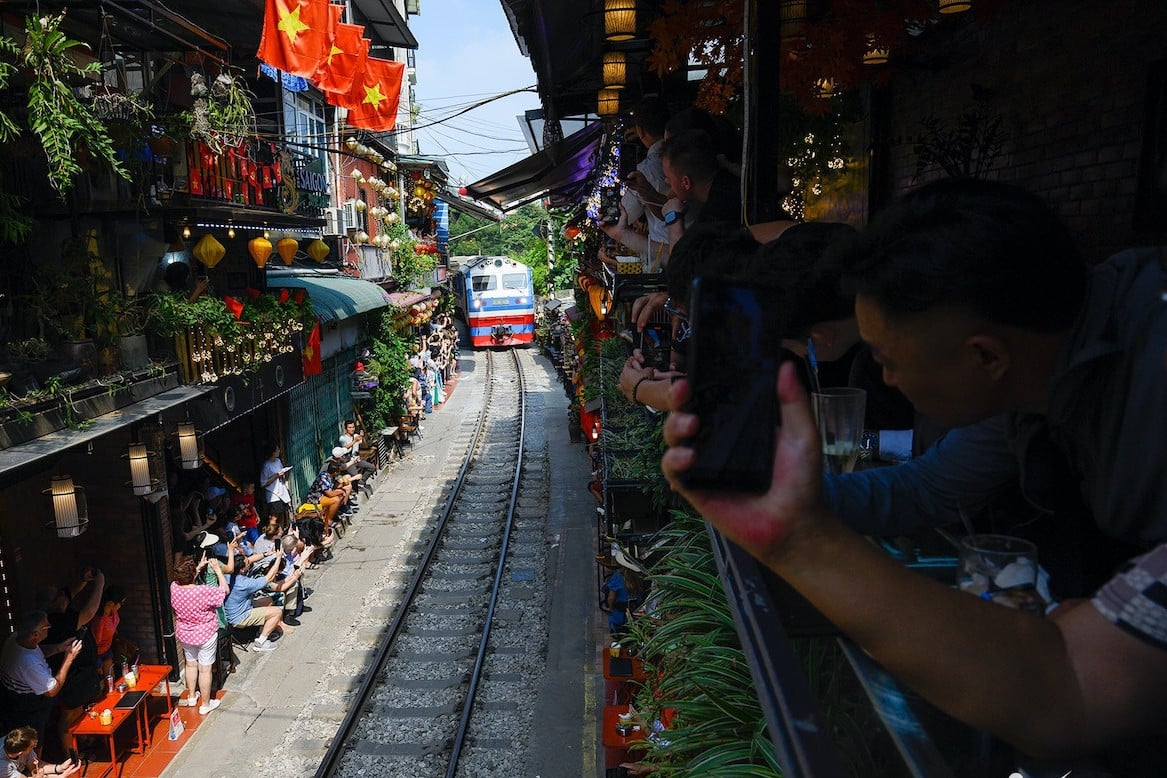
Why is the train street coffee shop scene in Hanoi crowded again?
Source: https://vietnamnet.vn/pho-ca-phe-duong-tau-nen-giai-toa-hay-giu-lai-lam-du-lich-2380444.html


![[Photo] Opening of the 13th Conference of the 13th Party Central Committee](https://vphoto.vietnam.vn/thumb/1200x675/vietnam/resource/IMAGE/2025/10/6/d4b269e6c4b64696af775925cb608560)




![[Photo] Prime Minister Pham Minh Chinh chairs the Government's online conference with localities](https://vphoto.vietnam.vn/thumb/1200x675/vietnam/resource/IMAGE/2025/10/5/264793cfb4404c63a701d235ff43e1bd)
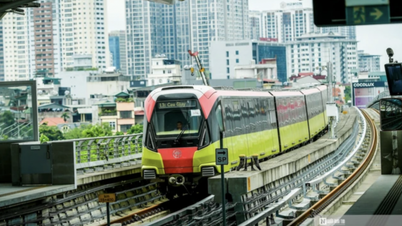

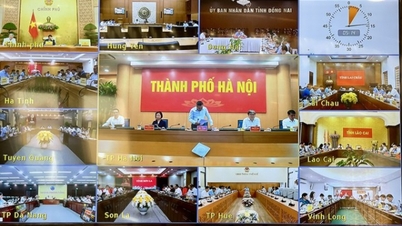
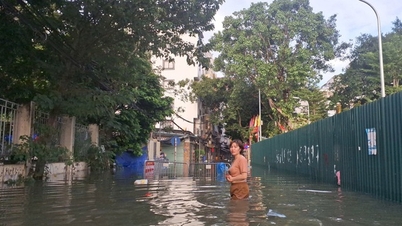

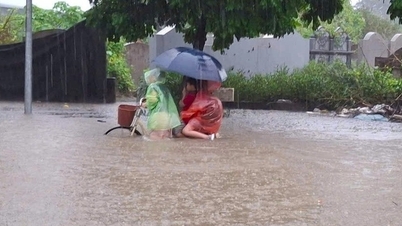
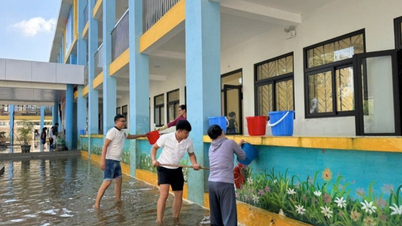

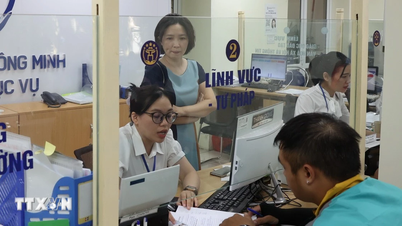















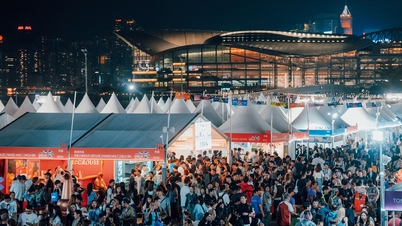

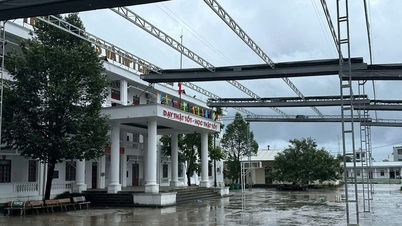

![[Photo] Prime Minister Pham Minh Chinh launched a peak emulation campaign to achieve achievements in celebration of the 14th National Party Congress](https://vphoto.vietnam.vn/thumb/1200x675/vietnam/resource/IMAGE/2025/10/5/8869ec5cdbc740f58fbf2ae73f065076)




























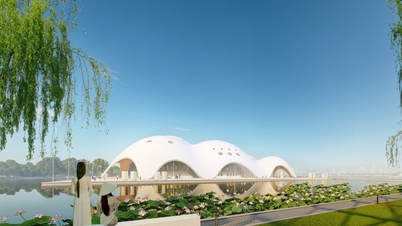
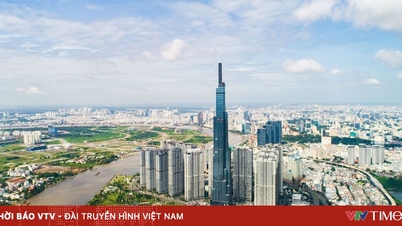

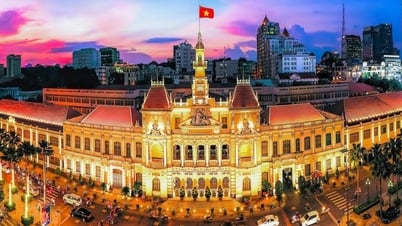





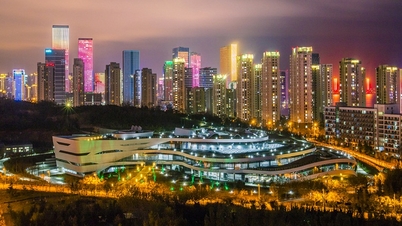

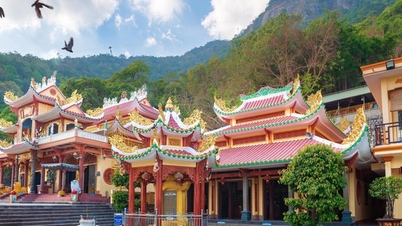


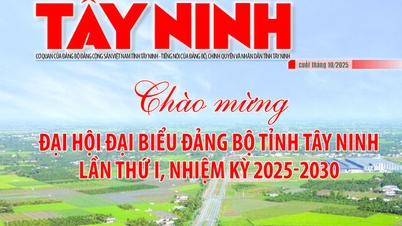



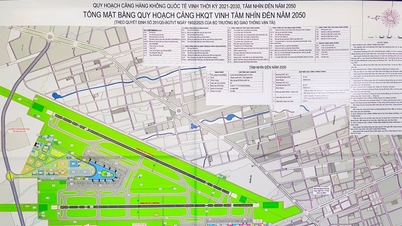


















Comment (0)